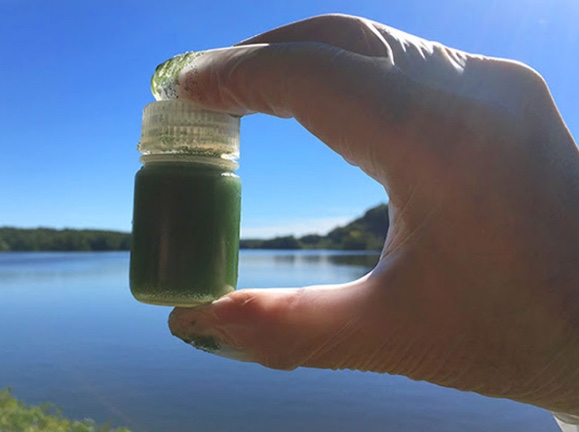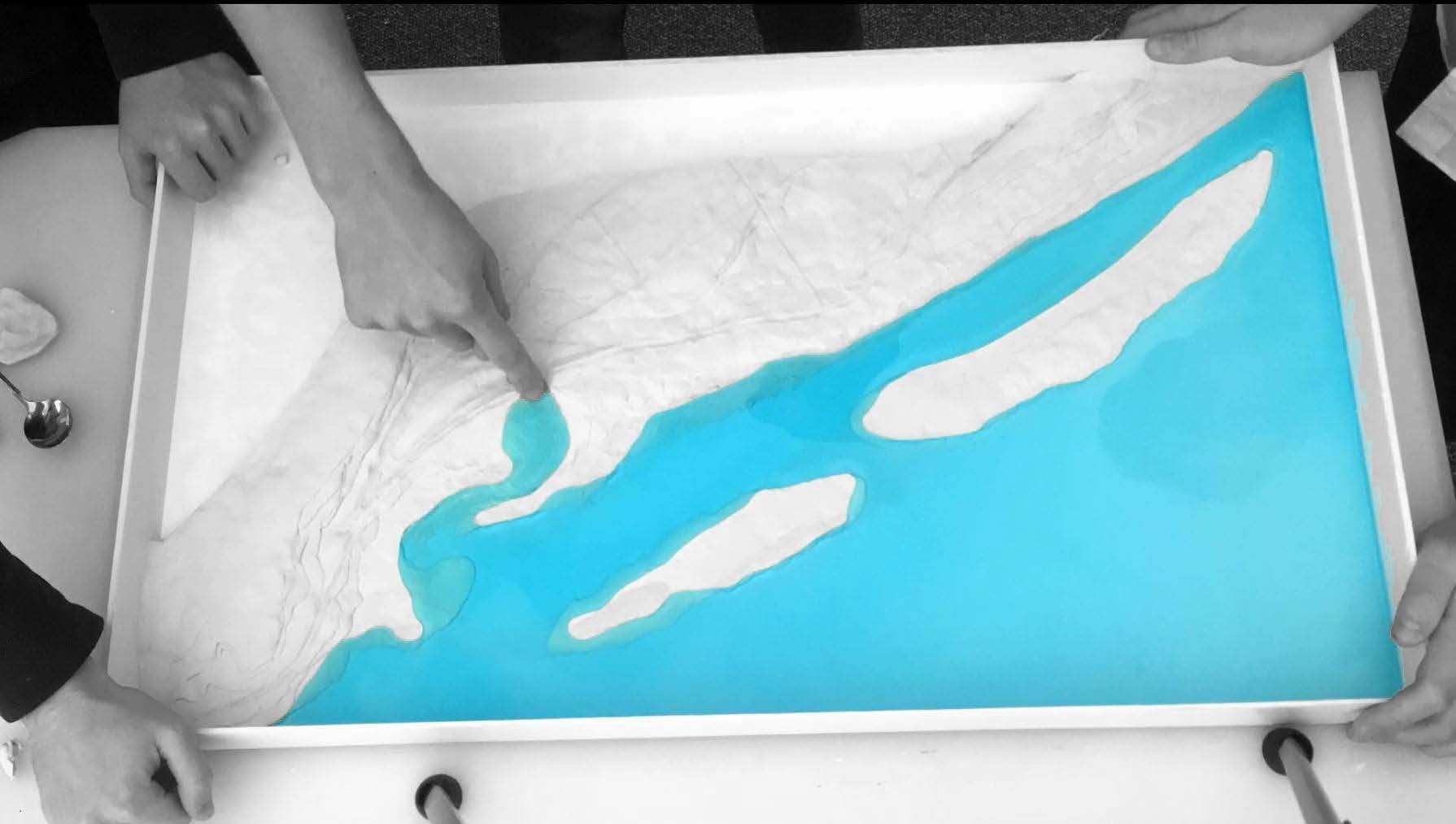Creating an Accessible Hudson River through Place-Based Education
I’m in a classroom giving a lesson on the ecology of the Hudson River. As I always do, I start the class by asking the students: “How many of you have been down to the River?” And as usual, only about half the students raise their hands. I don’t probe …






